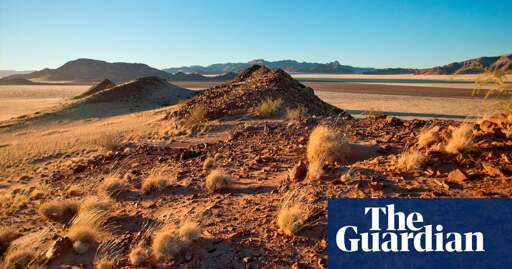- cross-posted to:
- [email protected]
- cross-posted to:
- [email protected]
Summary
Drylands now cover 40% of Earth’s land (excluding Antarctica), with an area larger than India turning arid over three decades, a UN study reveals.
This trend, driven by climate change and exacerbated by poor farming practices, poses significant risks to global food security and water resources, particularly in Africa and Asia.
By 2100, up to 60% of the global population may live in drylands.
Experts urge action, including cutting emissions, sustainable farming, and reforestation, warning of severe impacts on food security, poverty, and forced migration.



Replying to myself with some facts I had to look up.
Antarctica seems to have about 14.2M sq km of land, almost all of which is permanently covered with ice. The total land area on earth is about 148.9M sq km. That makes Antarctica 9.5% of the land mass. So 40% (a bit round) drylands excluding Antarctica would mean 36% drylands including Antarctica. I’m suspicious of the 40% number, but the Guardian thinks I’ve read too many articles with an ad blocker recently.
Finding how much land outside of Antarctica is covered with ice is harder. One thing that tips the balance to Antarctica is that there isn’t nearly as much land at the North Pole, although there is a lot of sea ice.
I found multiple estimates of Greenland ice area here. Seems like about 1.7M sq km may be a reasonable and recent estimate. That alone is 12% of the land mass of Antarctica. There are about 200,000 glaciers of various sizes elsewhere, but the largest seem to be under 10,000 sq km, so it’s a bit daunting to total them up. They’re also often measured by length rather than area, and in sub-polar regions they will change in size throughout the year. Ice caps on islands, meanwhile, may be larger than the land they sit on. So that’s going to make it hard to determine land covered by ice.
If I try to find out the total amount of land not permanently covered by ice, if there is any inaccuracy or inconsistency at all the subtraction of one large number from another could give a wildly incorrect result.
Those calculation difficulties may be reason enough to treat Antarctica as special because of convenience, as I mention elsewhere. Is that a valid reason to write 40% instead of 36%? Sure, for lay writing.